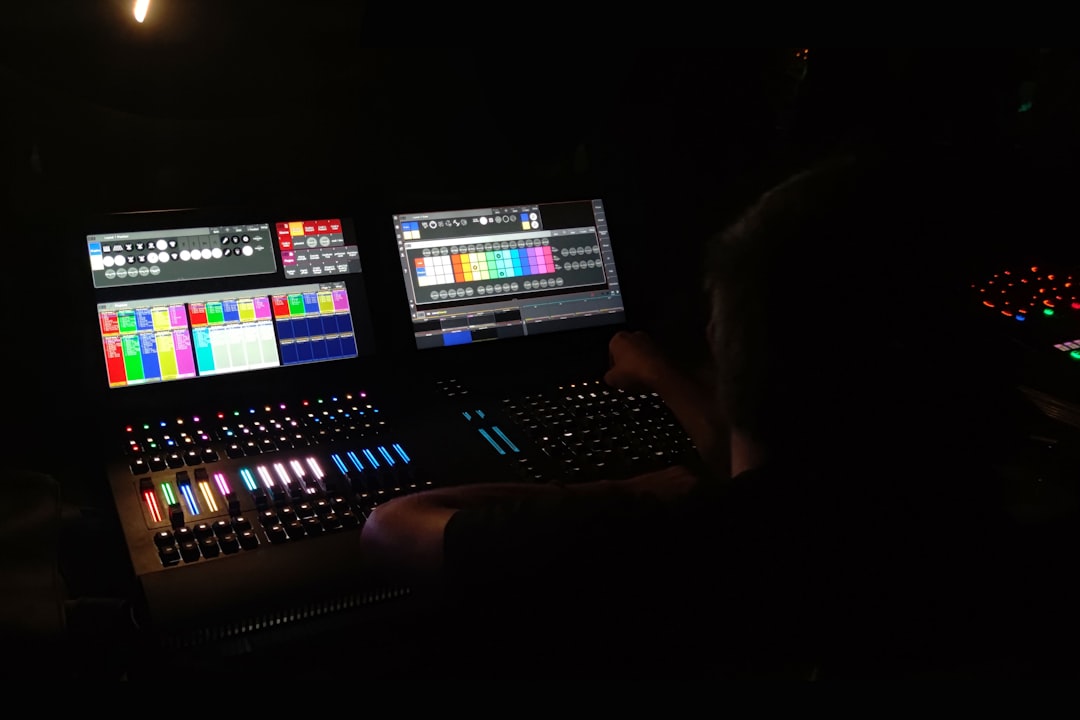If you’ve ever come across the raw yet captivating photographs of Wolfgang Tillmans, you’ve likely been struck by their authenticity, quiet intimacy, and understated experimentation. A photographer who challenges the conventions of traditional editing and post-processing, Tillmans has made a name for himself as much through his aesthetic as through his philosophy. Fortunately, you don’t need to be a gallery-exhibited artist to apply some of his techniques to your own work.
This guide will walk you through how to edit your photos like Wolfgang Tillmans, especially if you’re just beginning. We’ll explore his visual style, the tools you can use, and tips to get that dreamy, seemingly effortless finish that defines his signature touch.
Who is Wolfgang Tillmans?
Before jumping into the editing techniques, it’s important to understand who Tillmans is. The German photographer emerged in the 1990s with intuitive portraits of youth culture, queer identity, and political protest. Unlike overly stylized commercial photography, Tillmans’ images often appear unfiltered—but beneath that simplicity lies meticulous attention to form, color, and print quality.
What sets his work apart is a sense of openness and authenticity. His compositions aren’t always traditionally “perfect,” but they are intensely personal and emotive. This extends into his editing approach, where manipulation is minimal but deliberate.
The Tillmans Editing Philosophy
Tillmans doesn’t believe in over-editing or masking the imperfections of reality. His idea of editing focuses on:
- Preserving the integrity of a moment
- Playing with light and color intentionally
- Allowing for accidents and imperfections
To replicate his style, you’ll need to shift your thinking from “enhancing” your photos to “presenting them with honesty and restraint.”
Step 1: Choose the Right Image
Start by selecting a photograph that says something personal. A Tillmans-style photo captures moments organically—friends hanging out at home, beams of morning light on a wall, or a protest scene. Avoid overly posed or highly commercial-looking shots.
Look for subtle emotion, unexpected framing, or delicate changes in texture or light. Even seemingly mundane images can become powerful when approached with the right intention.

Step 2: Keep It Natural—Minimal Edits First
The Tillmans aesthetic is about subtlety. That means you should begin with minimal corrections:
- Adjust exposure: Balance highlights and shadows slightly if needed.
- White balance: Aim for a natural or slightly warm tone, but don’t overdo it.
- Dust and scratches: Remove any distracting elements, but don’t chase perfection.
Try to avoid high-contrast, clarity-boosting filters. Let the image breathe and retain the natural feel of the moment.
Step 3: Embrace Unconventional Color
One of the most identifiable aspects of Tillmans’ work is his unique color tones. He plays with hues that might seem off at first—cool greens, washed-out purples, soft reds—but they give his photographs a human, lived-in quality.
Here are a few ways to do it:
- Use Split Toning: In Lightroom or similar apps, you can tint highlights and shadows with subtle colors like green, magenta, or yellow.
- Play with Saturation Selectively: Don’t boost all colors equally. Try increasing reds while reducing blues, or vice versa.
- Film Simulation: Use tools that replicate film stock like Portra or Ektar for more organic color transitions.
Be experimental. Color in Tillmans’ work is often more about emotion than precision.

Step 4: Use Cropping to Shift Perspective
Composition is another key to getting that Tillmans feel. He was known to crop and re-crop his photos, not to correct mistakes but to create new narratives. When editing your photo:
- Try off-center subjects: Don’t be afraid to place your subject on the edge of the frame.
- Embrace empty space: A table corner, a curtain, or just the floor can become powerful when framed mindfully.
- Consider rectangular or square crops: These change the image’s dynamic and can add tension or balance.
Editing isn’t just about color and light; it’s about choosing what to leave in and what to cut out.
Step 5: Blur, Motion, and Soft Focus
Unlike commercial photography, where sharpness is king, Tillmans has shown that motion blur and soft focus can be deeply expressive. In your editing, resist the urge to “fix” blurriness. Instead, ask yourself if it adds meaning or mood to the image. If it does—keep it.
You can even experiment by adding a slight blur in post-processing to soften overly clinical details. Just make sure it feels intentional rather than accidental.
Step 6: Think About Presentation
Editing isn’t just about what’s on the screen—it’s how the photo is eventually presented. Wolfgang Tillmans has shown his work in varying sizes, sometimes unframed, or even as installations on walls or tables. When exporting your images, consider:
- Multiple crop versions: Show alternative viewpoints from the same image.
- Print quality: Use high-res exports and invest in good paper for printing.
- Unconventional display: Don’t be afraid to clip boards, pin-ups, or collage layouts.
Even today, when most photos live online, thinking about the medium gives your work that extra dimension of intention.
Step 7: Let Go of Perfection
Perhaps the most beginner-friendly (and simultaneously challenging) aspect of Tillmans’ editing style is his comfort with imperfection. Sometimes he purposefully prints creases, light leaks, or even color casts. They ground the image in reality rather than fantasy.
When editing, stop chasing a “perfect” version. Instead, ask: “Does this version feel honest?” If the answer is yes, you’re probably closer to Tillmans’ aesthetic than you think.

Recommended Tools
While Tillmans’ roots are in analog photography, you can emulate his look using common digital tools:
- Lightroom: For color grading, cropping, and exposure adjustments.
- VSCO: Great mobile app that mimics film tones.
- Snapseed: For minor tweaks and subtle filtering.
- Photoshop: If you want to explore more advanced manipulation (though keep it light).
Final Thoughts
Wolfgang Tillmans transforms everyday scenes into emotional landscapes through his editing approach. His method is less about Photoshop wizardry and more about looking deeply at the world. As you begin editing your photos in this style, remember that subjectivity, vulnerability, and restraint are your most valuable tools.
So the next time you pick up your camera or phone, shoot a moment that matters to you. Then, edit it not to impress—but to express. That’s the true spirit of the Wolfgang Tillmans style.
